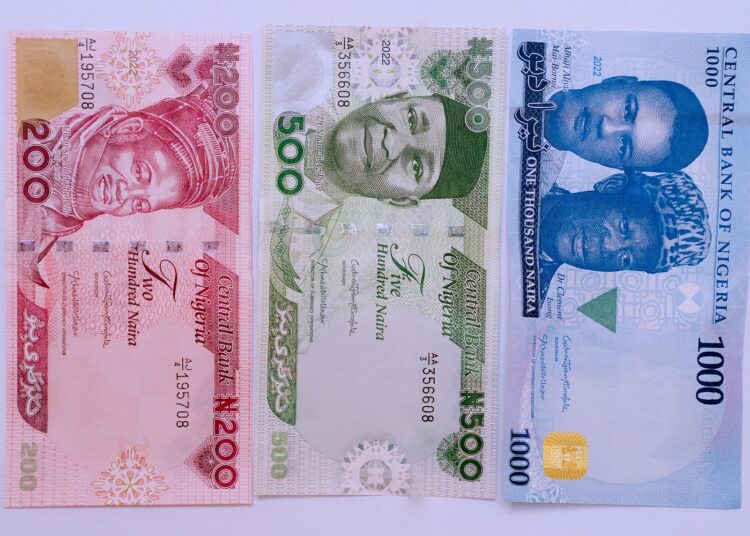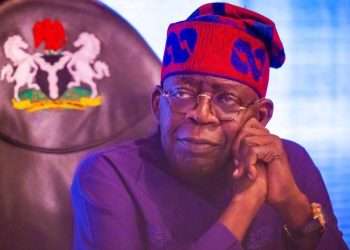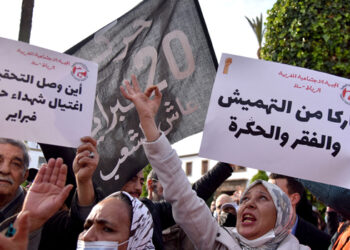The Central Bank of Nigeria (CBN) has posted a statement on its website unveiling security features on the new banknotes.
On the N1,000 notes, users should look out for intaglio raised print, portrait watermark, officially variable ink that changes from blue to green with change in angle of view, kinegram with the image of N1,000 and Coat of Arms, iridescent band, windowed metallic security thread and see through printing in register.
Features on N500 note: CBN said that the note includes a hand-engraved portrait, windowed metallic security thread with CBN inscription, CBN 500 watermark, portrait watermark, officially variable ink that changes from blue to green with change in angle of view, silver patch with embossed Coat of Arms, see through printing in register and raised intaglio print.
“Also, the N200 has several security features including hand-engraved portrait, windowed metallic security thread with CBN inscription, CBN 200 watermark, portrait watermark, officially variable ink that changes from blue to green with change in angle of view, gold patch with embossed Coat of Arms, see through printing in register and raised intaglio print.
Aside, these criteria, there are also other five simple guidelines on a Naira note that will help holders of the currency to differentiate a counterfeit Naira from a genuine one.
The first step to identifying a genuine banknote from the counterfeit is to check the texture”, It said.
Findings showed that a soft texture and dull image are indicators of a fake naira. That means one should be sensitive to the touch of the banknote when carrying out a transaction.
There is also need to observe the gold foil on the right side, close to the CBN governor’s signature. One can also differentiate the genuine naira note from counterfeit by applying liquid to the note, and a fake currency can easily change colour.
Also, the ribbon-like thread on all Naira notes can also be observed and touched to confirm if the note is genuine or otherwise. One can also raise a naira notes on a mercury bulb. This exercise enables the one to see many features of the local currency, not visible to the naked eyes, among others.












